Indepth: One year of demonetisation-How things changed for print industry
India is nearing the first anniversary of introduction of demonetisation on November 8, 2016. The policy move saw almost 86 per cent of the country’s currency, especially 500 and 1,000 denomination notes, becoming invalid overnight.
Introduced by the Modi Government to check corruption and black money in the country, the demonetisation move came without any prior warning and greatly inconvenienced the common man and businesses alike as cash disappeared from banks and ATMs.
With cash in short supply and lot of uncertainty in the market, brands and marketers curtailed their spends, which had a cascading effect in the economy.
On the positive side, it has seen India transition to e-payments and has encouraged a digital economy.
On the completion of one year of demonetisation, Adgully looks back on the chaotic times following introduction of the policy move, how the advertising and media (Note: in this report, we are focussing on Print) industry coped with the fast-changing developments, the steps taken to overcome the negative effects and more...
The initial effects
The period following demonetisation was a challenging on for the print industry. According to the estimates of some of the large media agencies, the impact on the advertising industry was around Rs 2,000 crore during Q3 FY17. For Varghese Chandy, Vice President - Marketing, Advertising Sales, Malayala Manorama, the period from November 2016 to March 2017 saw a dip in the revenues as compared to the previous financial year. “The initial reaction was that of uncertainty. However, there was also a hope that it would bring in some positive results in unearthing the black money,” he added.While stating that more than short term, demonetisation has had a long-term effect on the print industry, Mitrajit Bhattacharya, President & Publisher, Chitralekha Group, noted, “The informal sector is a big advertiser base for print players and that segment was badly hurt by demonetisation. It continues to hurt the industry.”
As with all other consumer-facing industries, the media industry also had concerns on advertiser sentiment across all major print advertising categories such as auto, consumer electronics, and durables going negative due to sudden demand deflation and lack of propensity to spend. “The impact on advertising revenues of our business became a real risk for us,” said Pradeep Dwivedi, Chief Executive Officer, Sakal Media Group.He further added, “The impact of demonetisation had a direct bearing on both consumer economics – Ability to spend – as well as consumer sentiment – Propensity to spend. While the former was impacted in the immediate aftermath and dampened demand, the real concern was on the latter as the adverse bearing on advertiser sentiment and the print business continued for almost 3-5 months. Apart from retail, realty, etc., other sectors such as consumer durables, electronics, automotive were all impacted to some degree. The opportunity led campaigns of m-wallet and e-payment based BFSI sector clients that we got hardly provided offset to the print volume loss in the marketplace.”
During Demonetisation, digital didn’t get too much impacted. In fact, in some instances, digital advertising increased because there was big emphasis on digital during the crisis with digital payments. Paytm really accelerated the digital growth.
Ashish Bhasin, Chairman & CEO, South Asia, Denstu Aegis Network, noted, “The market is roughly 15 per cent for digital, but at Denstu Aegis Network we get more than 40 per cent of the revenues from digital. For us, the digital side of the business gained in that period, whereas the television part got a bit slower. Overall, we succeeded in achieving the target that we had anticipated for 2016. 2016 was a very good year and we grew triple the market rate, but towards the end it got tempered a bit, but luckily, we managed to come out of it with flying colours. Digital and outdoor saved the day for us.”
Bhasin admitted that several clients at that time immediately wanted to cancel their advertising spends because their retail sales were significantly impacted due to demonetisation. “It took around 2-3 days for it to sink in as to what was happening. After that, the clients demanded that either we should postpone or cancel the projects for the time being,” he added.
Impact on ad spends
It is a fact that ad spends took a bashing in the period following demonetisation. As Bhasin put it, “November and December are the months which are full of festivals, but due to demonetisation they were severely impacted. Roughly, around 20-25 per cent ad spends in that period were lost due to this.” Adding further he pointed out that overall, demonetisation shaved off the advertising growth by 2 per cent. It was anticipated somewhere around 12-13 per cent, but 2-3 per cent was shaved off.
Agreeing with him, Debraj Tripathy, Managing Director, MediaCom, too, said that between November and December, the advertising industry lost around 2 per cent in their spends.Sakal’s Dwivedi, too, admitted that initially there was significant downswing due to lack of liquidity issues. However, things are now looking up, especially after festive season.
While stating that it would be difficult to separate the effects of demonetisation, Mitrajit Bhattacharya said that the year 2016 would be counted as one of the most challenging years for the industry. Tripathy, too, termed 2016 a “slow year” in terms of growth.
On the other hand, Malayala Manorama’s Chandy maintained that the effects of demonitisation had been contained to some extent, but at the same time the small retailers and traders were hit in a big way. “Today, the initial teething problems around GST is what is having a greater impact on advertising spends,” he noted.
How the industry took on demonetisation
“During demonetisation, we focused a lot on controlling costs and that helped us in a big way,” said Bhattacharya.Pradeep Dwivedi, too, said that at Sakal Media, there was a large focus on the cost side of the business, which led to improved efficiencies all around.
After the low period for advertising in November and December, the industry started reviving from January 2017 onwards, noted Bhasin. “The impact of demonetisation lasted till March-April, but after that the impact wore off and advertising was back to normal. However, soon after that it was hit by GST. The next slow down happened when the GST impact came in,” he added.
Even as the industry is learning to navigate its way around GST and its after-effects, all the stakeholders are bracing for any further policy decisions of the Government.





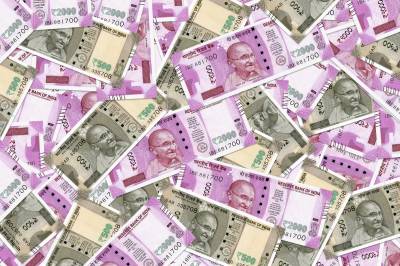






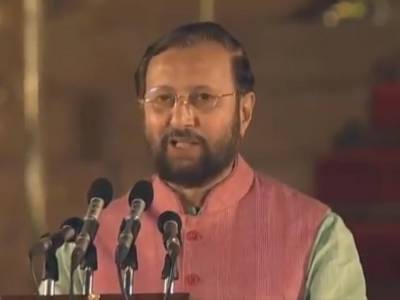
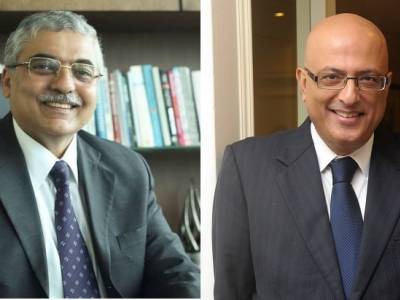


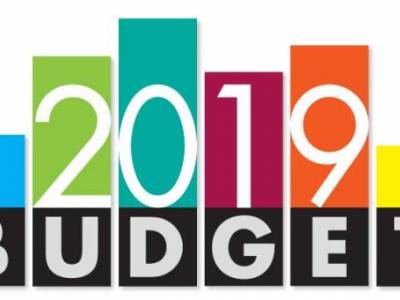

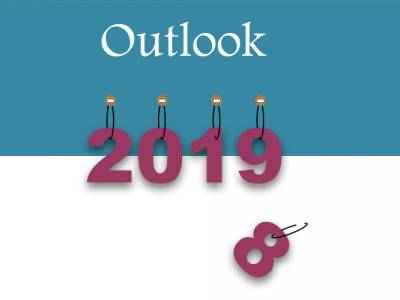
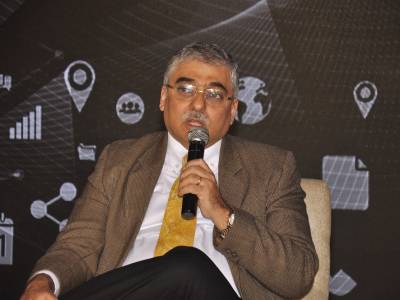
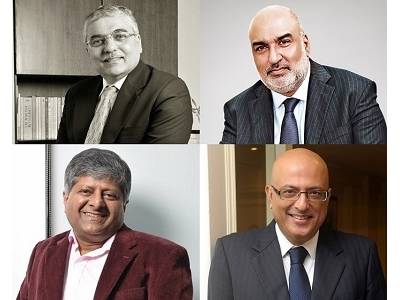



Share
Facebook
YouTube
Tweet
Twitter
LinkedIn